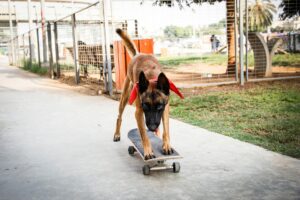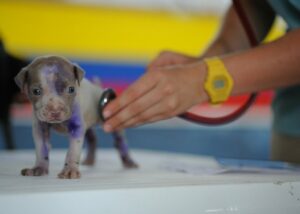Unfortunately, the world is full of things that can harm your dog. And dogs are fearless and ‘barefoot’ all the way when it comes to new adventures. Accidents happen and so do dog injuries. But, don’t be scared in advance, just do your best to be prepared. You might think dogs are so athletic but the truth is, they are vulnerable to the same kinds of things we are: i.e. they could slip on ice and pull a muscle! Of course, couch potato dogs are at most risk for that, so don’t panic – the better you take care of your dog, the less the likelihood of a more severe injury. So, let’s get you prepared for some of the most common dog injuries.
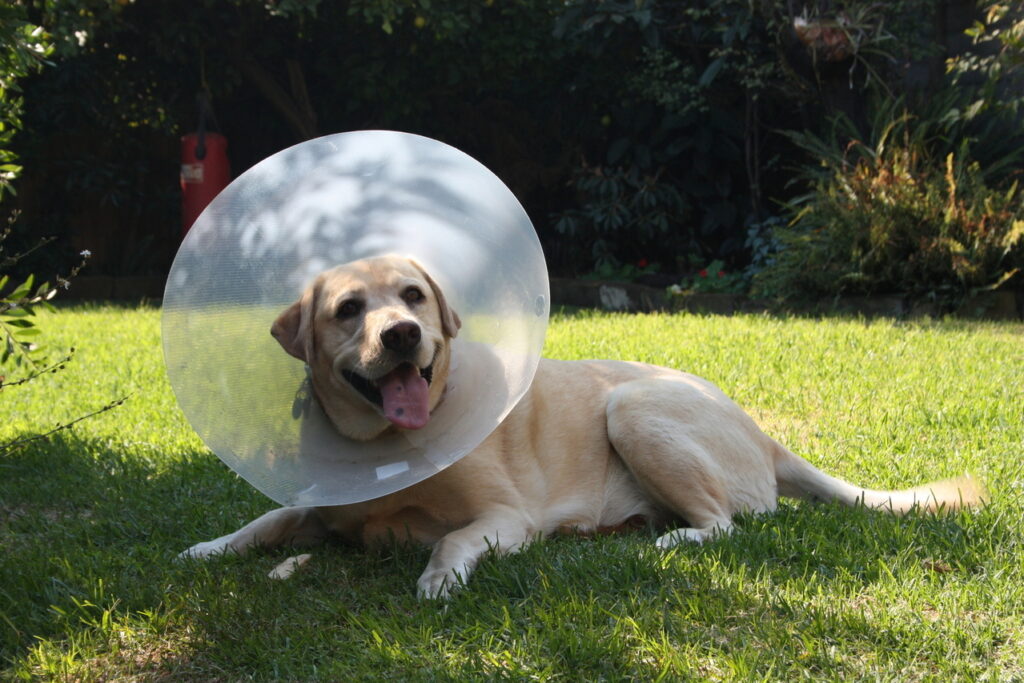
Limping
Unlike us, dogs can’t tell us what happened or even where it hurts. So, when it comes to these dog injuries, it’s up to us to figure it out.
Sudden
Sudden limps can happen in a second! They are usually caused by an injury or trauma. Foreign bodies, like glass, thorns or anything else that should not be in your dog’s paw, will hurt your dog. It will make it uncomfortable to walk. If left untreated, it could also lead to an infection. Insect stings or bites can also cause tenderness and limping. A sign that your dog may have something stuck in his paw is that he will lick his paw incessantly. More severe dog injuries like fractures, sprains, dislocations, ligament tears, joint trauma, and spinal injuries can all also cause moderate to severe limping. The best is to wait and make your dog rest for a few hours – if it doesn’t get better, you need to go to your vet.
Swollen paws
This is usually not under dangerous dog injuries categories, but it’s painful as there’s usually something stuck in your dog’s paws. Also, there’s increased likelihood this will happen during summer due to hot asphalt or just overgrown grass with who knows what in there. During summer, it’s always good to put protective balm for protection, especially after washing your dog’s paws. So, your plan of action should be:
- Check your dog’s paw to see if there are any objects caught in between.
- Check for insect stings or puncture wounds. Don’t be discouraged if you cannot notice anything as these are often very hard, if not impossible, to pinpoint.
- If possible, remove the foreign object with tweezers and wash the paw with warm, soapy water.
- Soaking the paw for 10 minutes in a hot Epsom salt solution is often of benefit, regardless of the cause. This can often be an excellent short-term solution to ease the pain and decrease swelling.
- If the symptoms persist, call your vet for further advice.
Torn toenail
If you don’t groom your dog and its toenails get too long, they can split and break off beyond the quick once they get caught on to something. This is painful for the dog and can even cause bleeding. So make sure to trim your dog’s nails regularly and watch where your dog walks.
Gradual
These are usually caused by an underlying, chronic or degenerative condition, such as joint or bone disease. Veterinary attention is always desirable and as soon as possible as this can greatly increase your odds of dealing with a number of health issues later in the future. Many cases of hip dysplasia, arthritis and even bone cancer were treated more effectively only because they were caught sooner rather than later.
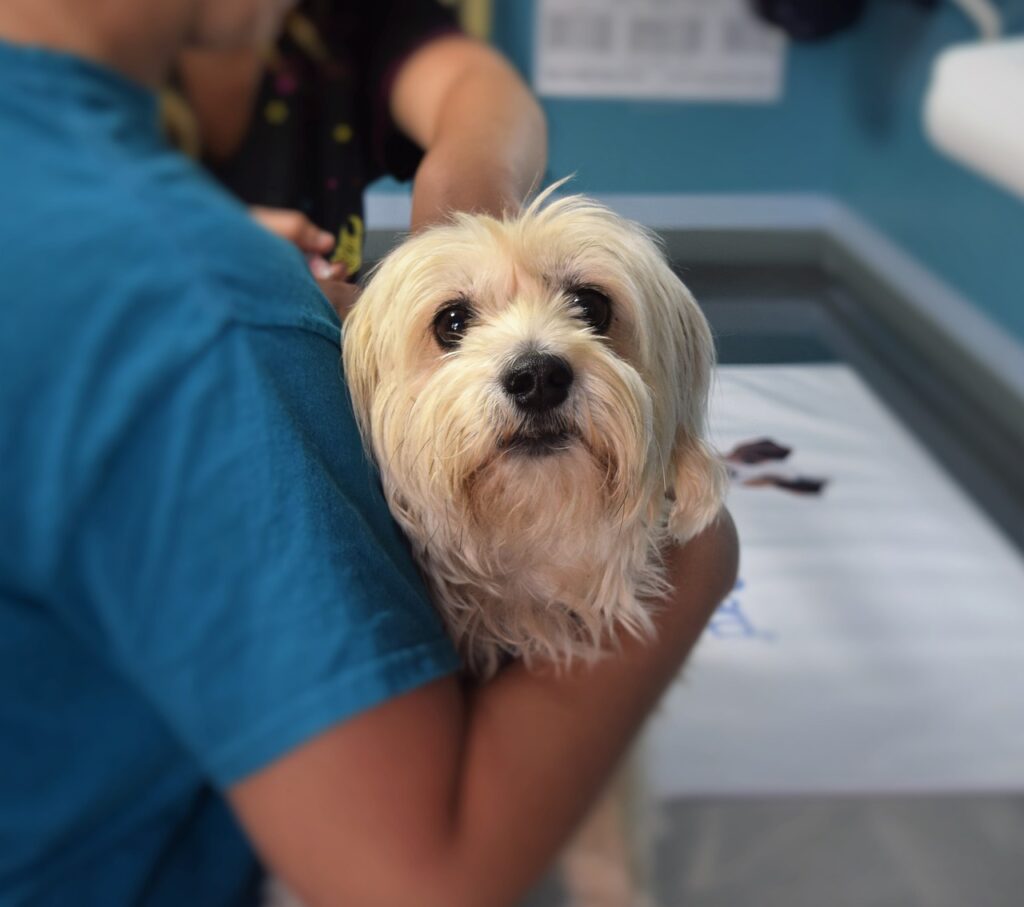
Eye injury
Eye injuries are fairly common in dogs and can happen for a variety of reasons, usually when the dog sniffs around bushes and one plant just brushes the eye. Sometimes, a cat can swat at your dog, or it could be another unfriendly dog who’s up for a fight. It can also happen when a dog hangs his head out of a moving vehicle due to the debris from the road and air. You will notice your dog’s eye closing up, possible excess tearing, discharge, redness, even swelling of the overall eye cap. Eye injuries can quickly turn severe, so be sure to see your vet at the first signs of an eye injury. If caught early enough, many eye injuries can be successfully treated with medication.
Cuts and scratches
If your dog is bleeding from anywhere on his body, it’s best to get to your vet. A thorough cleaning is essential to flush out as much debris and bacteria as possible. If the wound is large, it might even need stitches. If some material is in the wound, the vet may need to explore the site and remove it surgically. At the very least, your dog will need antibiotics to prevent infection. Vets also tend to prescribe anti-inflammatories for pain and swelling and dogs feel a lot better thanks to those!
Mouth Injuries
These happen usually because of something a dog ate or at least tried to eat. Bones can cause injuries to the teeth, gums, tongue, and other soft tissue. They can become lodged around the lower jaw and canine teeth, such as molars. Even chewing on sticks and twigs can result in an injury. Minor wounds in the mouth, like scrapes and cuts, may be treated with medications. However, larger lacerations and tooth fractures usually require oral surgery so it’s not a joke when speaking of foods that shouldn’t be given to dogs!
Major trauma
There’s really no pretty way to get around this, so do your best to prevent the accidents you can. When driving – drive safe (i.e. don’t text) and make sure your dog is protected with a special seatbelt/harness. As much as a dog car ‘seat’ looks cute, unless your dog is properly attached to it it is no form of protection.

Also, keep your dog on a leash to prevent any fighting with other dogs and so you can react quickly if another dog tries to attack yours.
Car accidents
Unrestrained dogs become projectiles due to the force of a collision so consequences are very severe to lethal so make sure that your dog is always securely fastened with a special seatbelt.
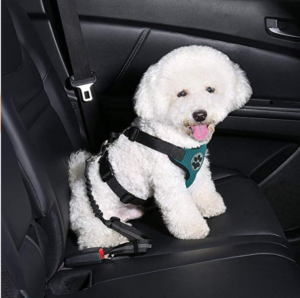
Fighting with another dog
When your pup sustains a dog bite, there is no one-size-fits-all solution. And the injuries can vary greatly, from soft tissues and beyond. Keeping a cool head in the event of a dog bite, knowing what you’re looking for when assessing the injury, and having an idea of what to do next can help ensure that the wounded dog receives the proper care and makes a speedy recovery. Get to the vet as fast as you can to assess the bite and get further instructions.
Tail injury
Usually, they are the result of some type of trauma. Your dog may accidentally get his tail caught somewhere, i.e, slammed by the door. Maybe someone stepped on your dog’s tail – it hurts! Maybe it was bitten by another animal… And there’s also an injury caused by an ‘overly happy tail’! This occurs when a large, heavy tail wags against a hard surface so much that it causes bruising and abrasions. And sometimes it’s so severe (as you cannot stop a dog from waving his or her tail!) that healing can take weeks to months and may require the use of bandages, e-collars, and crate restriction.
Whatever it is, don’t panic…
So, do your best not to panic – investing time and effort in your dog’s health is the best prevention. Keep your canine athlete in optimal shape with the best diet, supplements and herbs. Make sure your dog gets enough exercise. Dogs can get massages and chiropractic treatments too, as well as a long range of therapies, so don’t despair. All of the above can do wonders to speed recovery, reduce inflammation caused by the injury and help your dog heal itself.



